Basical Food Additives in Bakery
Food additives play a crucial role in the baking industry, especially in products like biscuits, bread, and cakes, by enhancing flavor, improving texture, prolonging shelf life, and ensuring consistent quality.
Here are the common food additives in three baking fields:
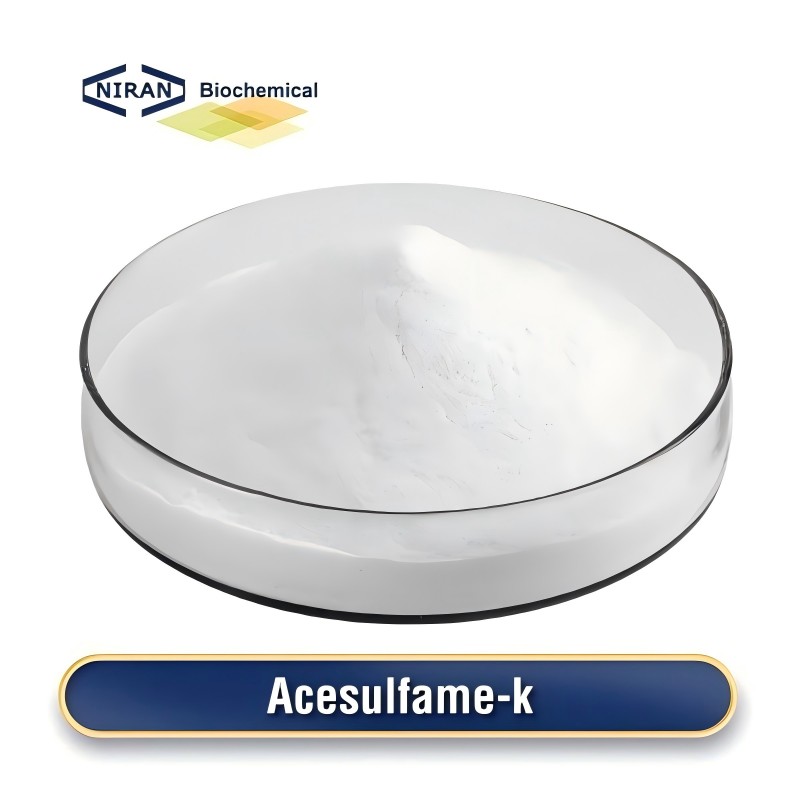
Acesulfame K
- A non-caloric sweetener, enhances sweetness in baking without adding calories. Typical dosage ranges from 0.05% to 0.1% of total ingredients.
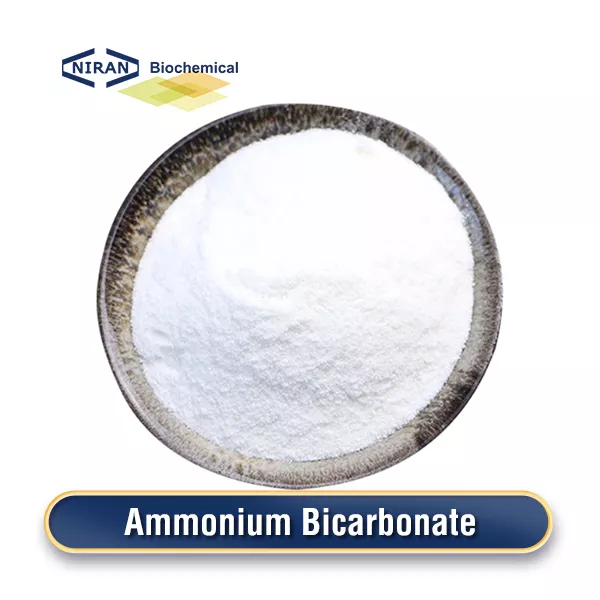
Ammonium Bicarbonate
- In baking, ammonium bicarbonate creates gas to elevate dough by acting as a leavening agent. Typical dosage is 0.5-1% of the flour weight.
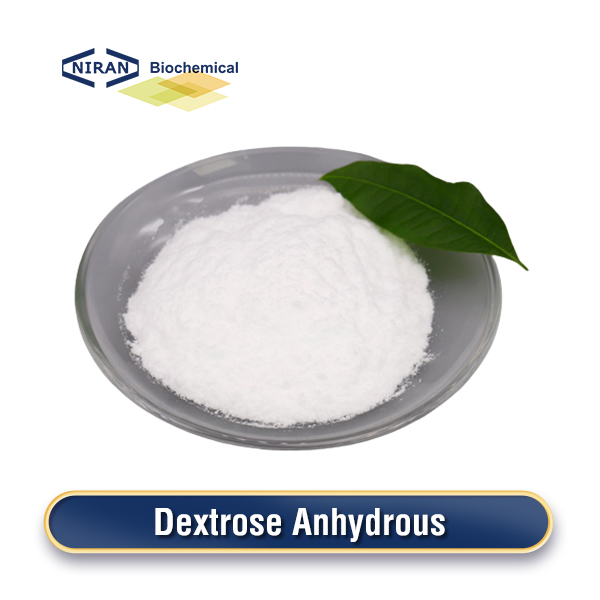
Dextrose Anhydrous
- As a sweetener and fermentation enhancer in baking, improving texture and moisture retention. Typical dosage ranges from 1% to 3%.
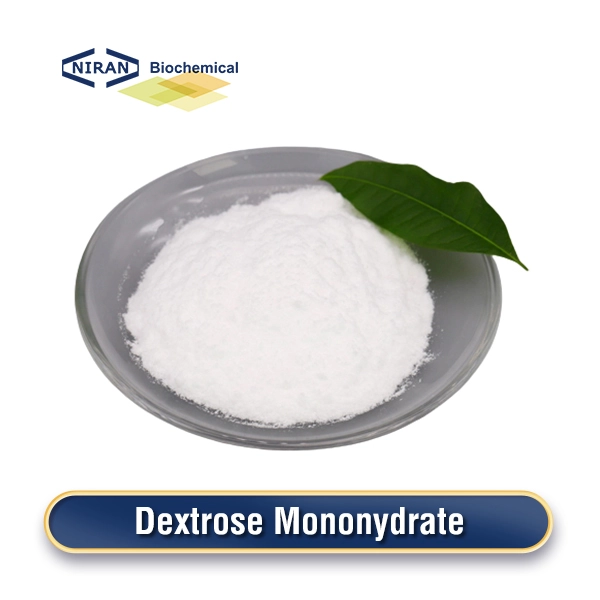
Dextrose Monohydrate
- It is a sweetener and fermentable sugar in baking, enhancing browning and moisture retention. Typical dosage ranges from 2-5% of total flour weight.
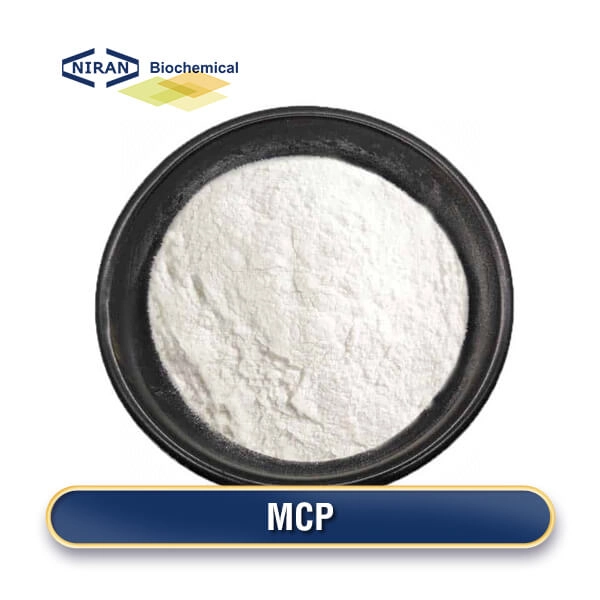
Monocalcium Phosphate
- In baking, its functions as a leavening agent, promoting dough rise. Typical dosage ranges from 0.5% to 1.5% of the flour weight.
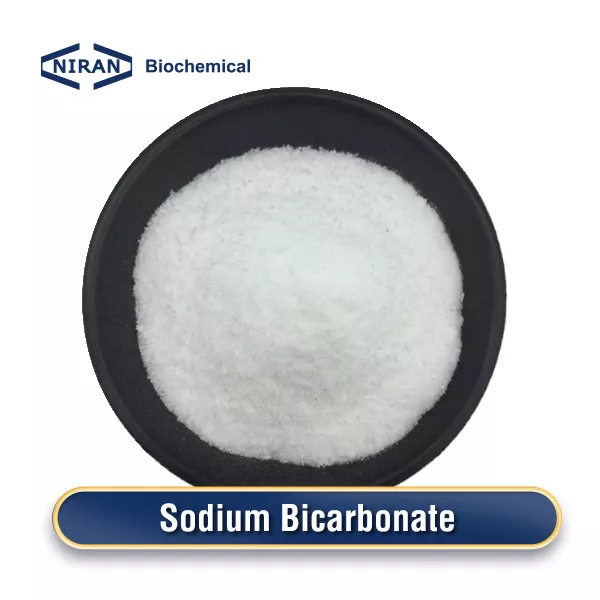
Sodium Bicarbonate
- It helps the dough rise by releasing carbon dioxide when used as a leavening agent in baking. Dosage is 1-2% of flour weight.
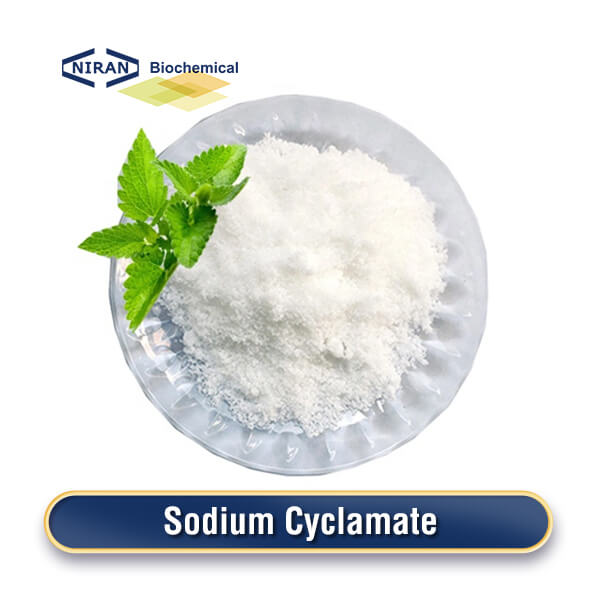
Sodium Cyclamate
- As a non-caloric sweetener in baking, providing sweetness without affecting texture. Typical dosage ranges from 0.1% to 0.5% of the recipe.
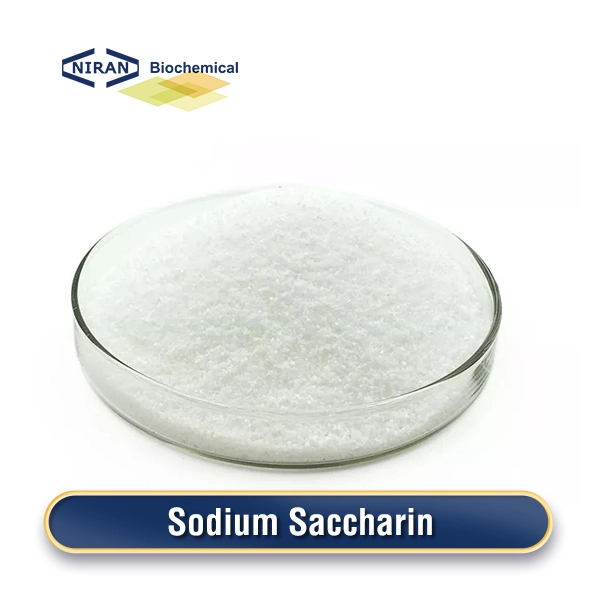
Sodium Saccharin
- It is used in baking to add sweetness without adding calories. Its typical dosage ranges from 0.02% to 0.05%.
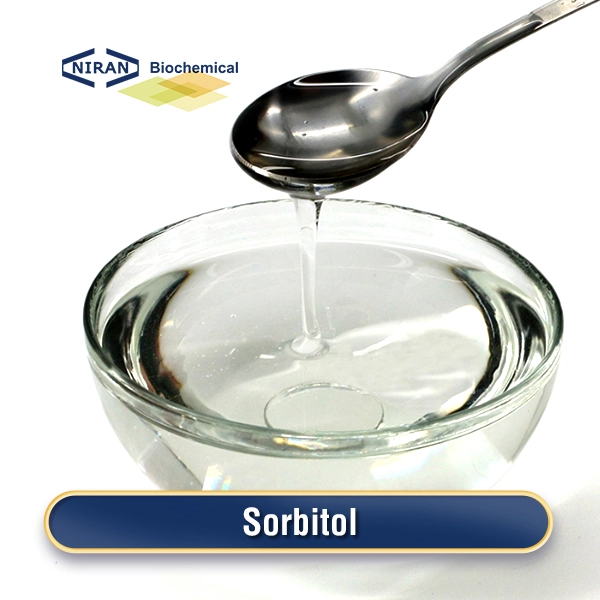
Sorbitol
- As a humectant and sweetener in baking, retaining moisture and extending shelf life. Typical dosage ranges from 2% to 5% of flour weight.
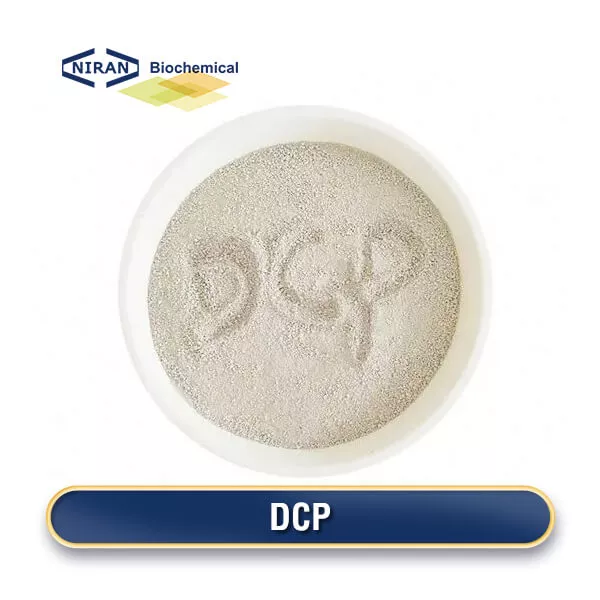
Dicalcium Phosphate
- A common food additive, enhances texture and acts as a calcium source in meat products. Typical dosage ranges from 0.1% to 0.5%.
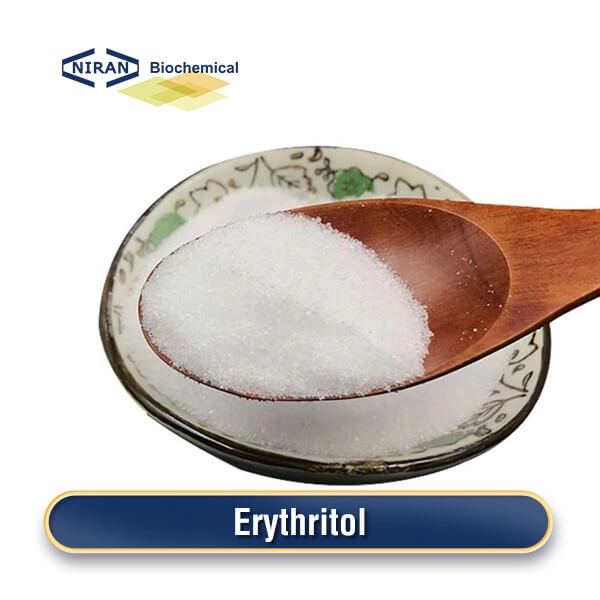
Erythritol
- A low-calorie sweetener used in food and beverages. It enhances sweetness without affecting blood sugar levels. Typical dosage is 0.2-0.4g per serving.
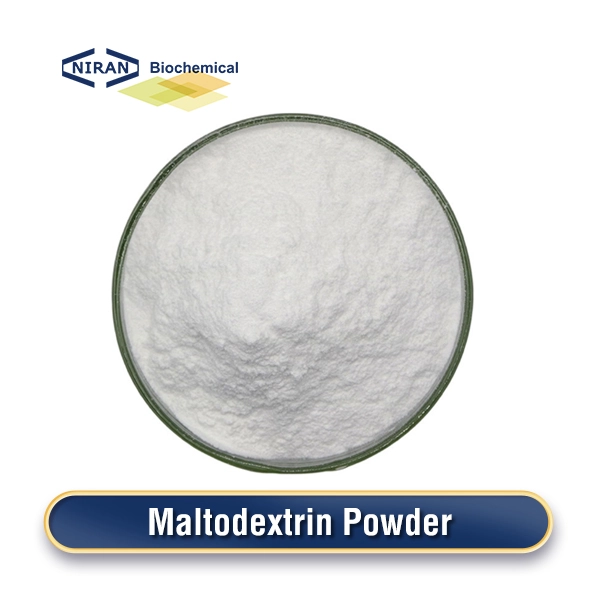
Maltodextrin
- A polysaccharide, acts as a filler, thickener, or sweetener in meat and poultry processing, with typical dosages ranging from 2% to 10%.
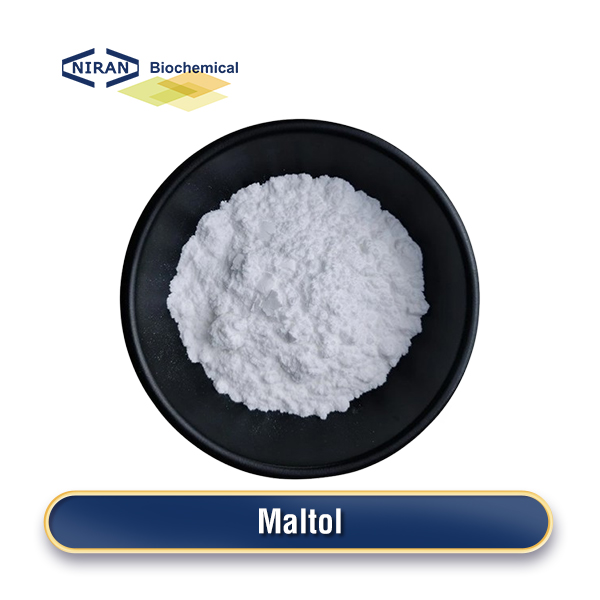
Maltol
- As a flavor enhancer and sweetener in Meat & Poultry, it provides a caramel-like taste. Its usual dosage ranges from 50 to 200 ppm.
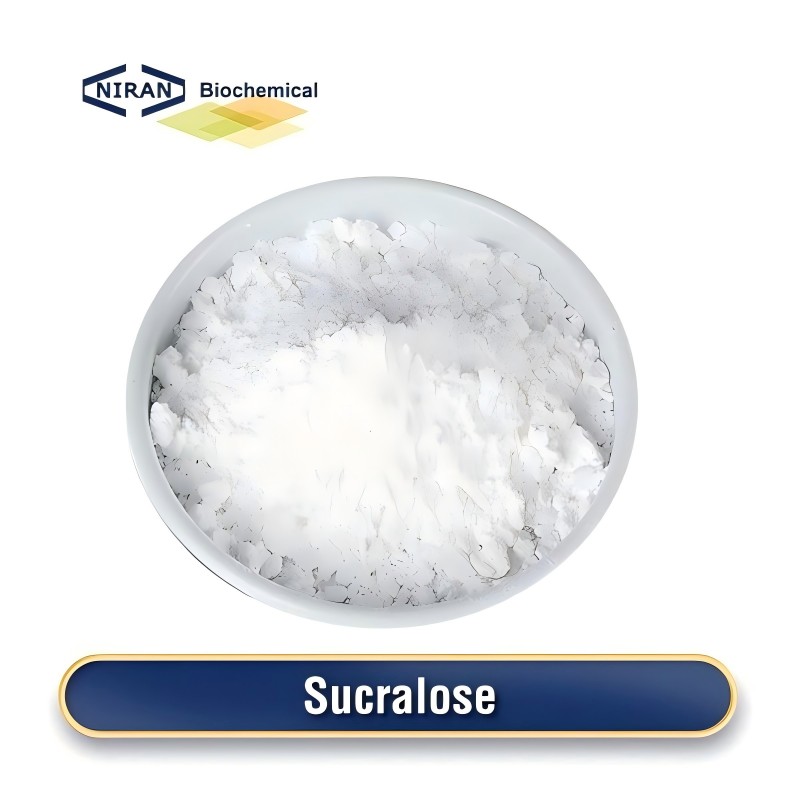
Sucralose
- A high-intensity artificial sweetener used in food and beverages, it provides sweetness without calories. Typical dosage ranges from 0.01% to 0.1%.
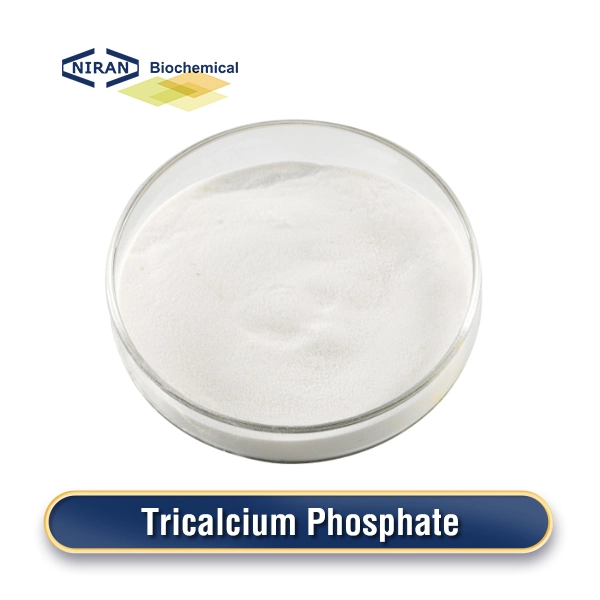
Tricalcium Phosphate
- A common food additive, it serves as an anti-caking agent and calcium source in Meat & Poultry. Typical dosage ranges from 1-5 g/kg.
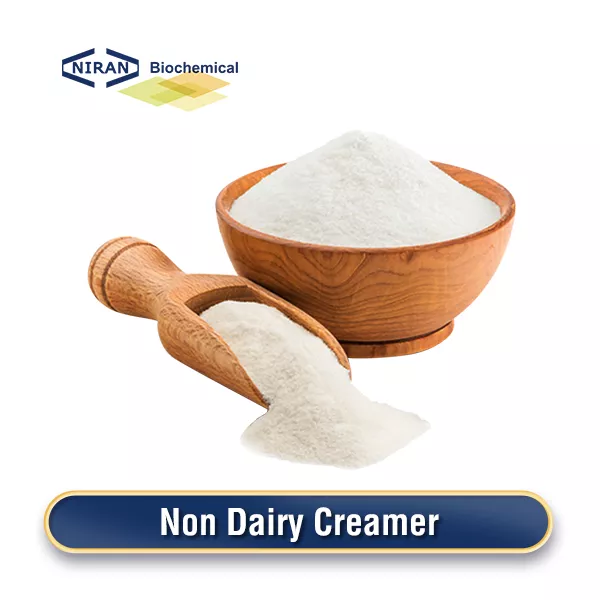
Vegetable Fat Powder
- It is used as a natural food additive for enhancing flavor, color, and nutrition. Typical dosage ranges from 1% to 5% depending on application.
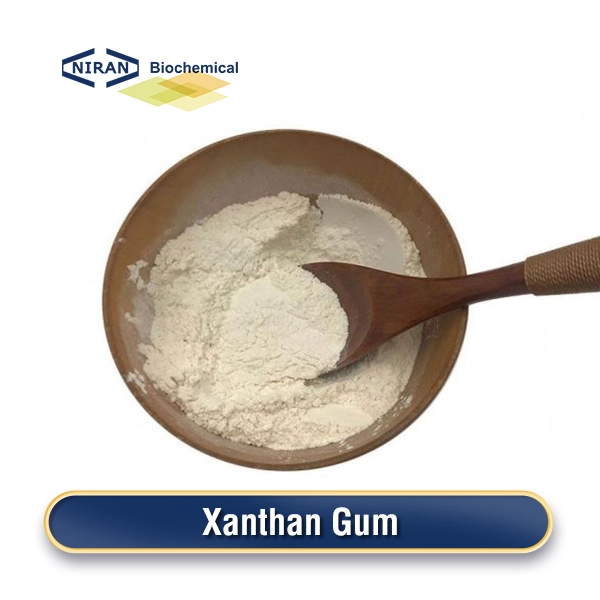
Xanthan Gum
- It is added to food items at a rate of 0.05-0.3% to enhance texture and viscosity, and it serves as a thickening and stabilizing ingredient.
